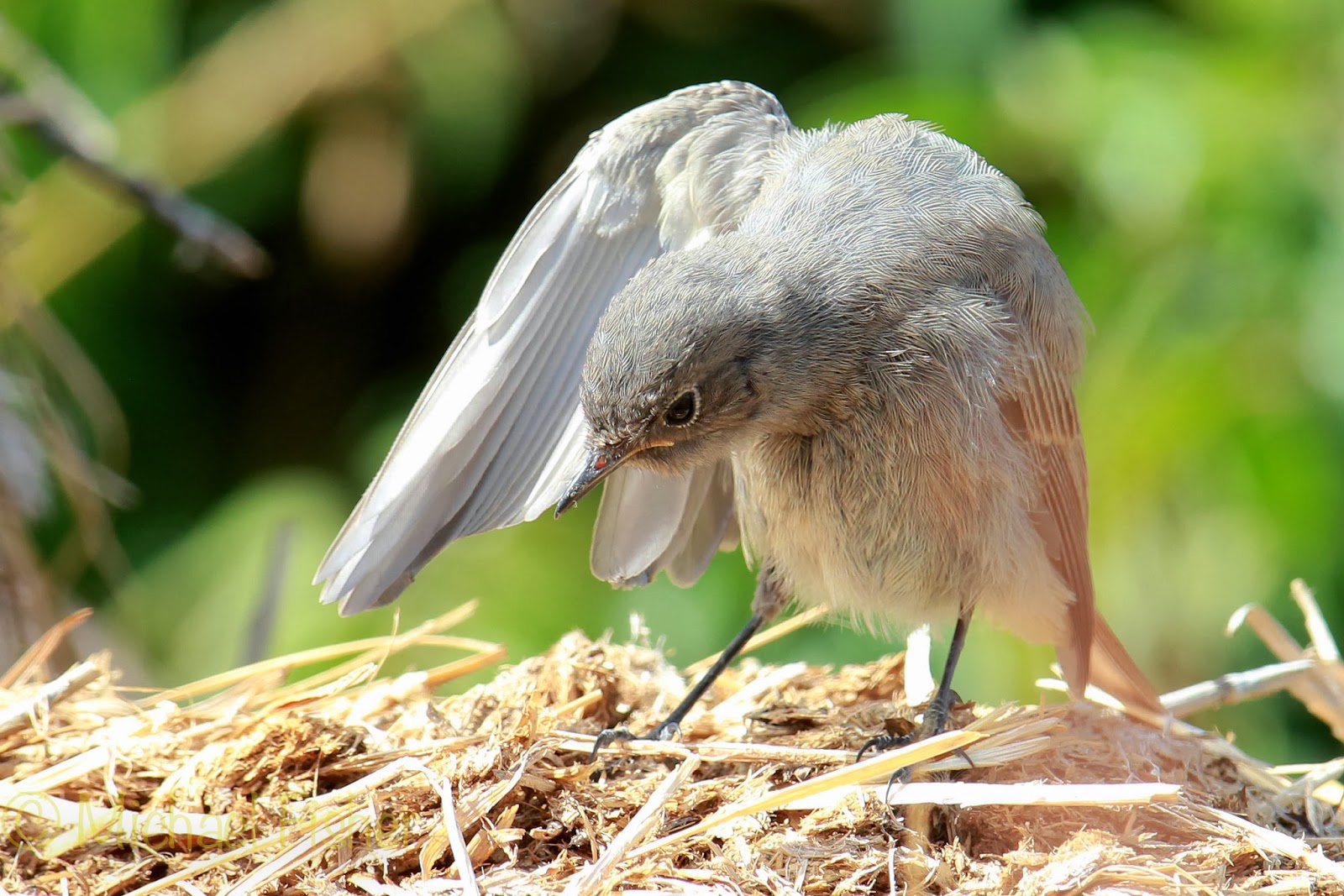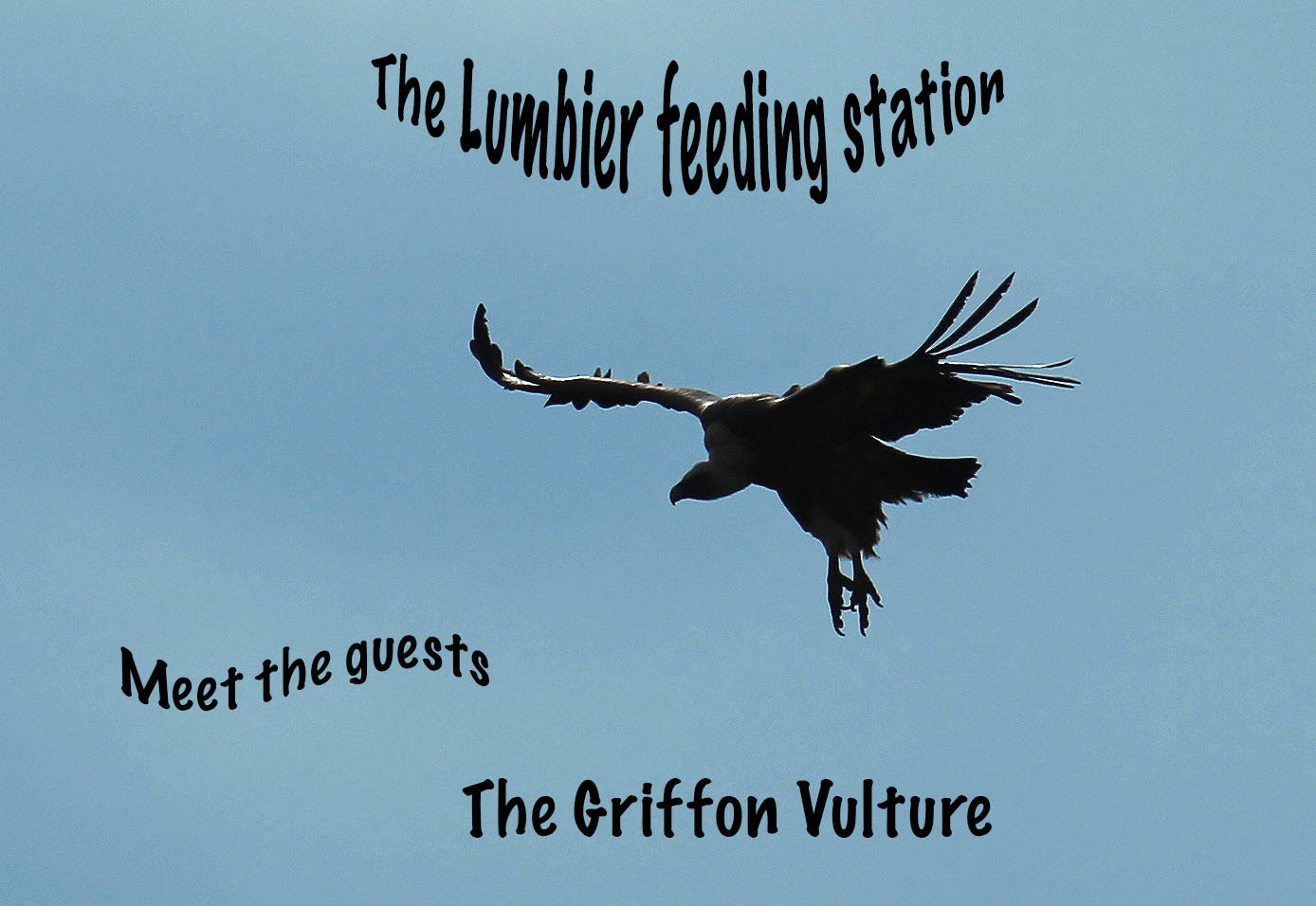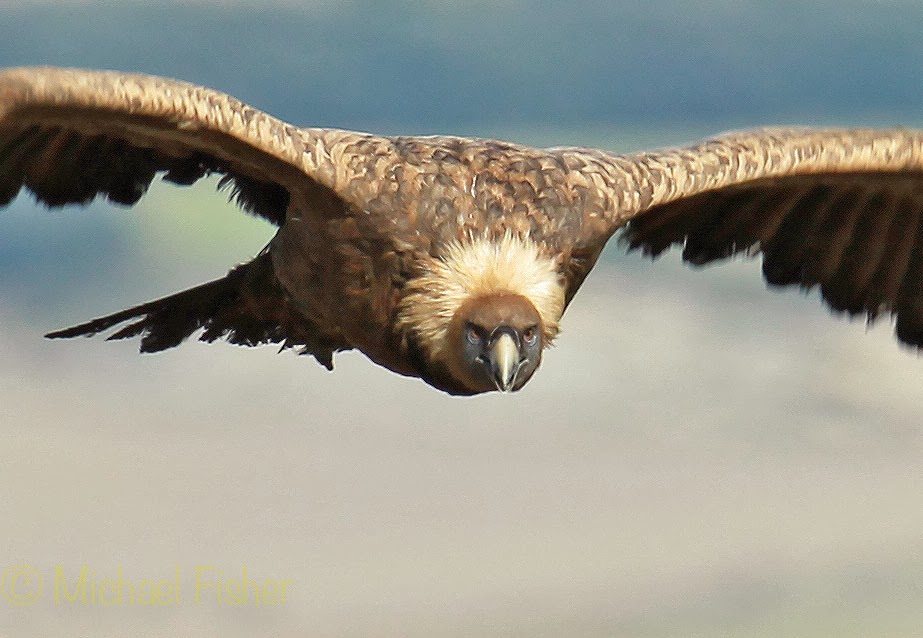For the ten years we have owned our house, in the rural Dordogne in France we have been lucky to have nesting Black Redstarts. From early spring as they return from their Winter haunts, their lovely soft whistles and the metallic sound like two ball bearings tapping together, fill the garden.
Although this is early April and it may be cold and drab, for them this is the start of breeding time, nests to be built. This is where things start to become a little dark. This handsome fellow below may take more than one partner, and strangely the females on occacison may share in the building of the primary nest. With the nest looking good, disaster, one of the females arrives and destroys it, this is where we observe a parting of the relationship. Two nests are now being constructed, at opposite ends of our house.
With two nests built it is still far from all happy at the nest! Recking is common place, all carried out by the female species. This, our moment of sadness, "could we help" No, it gets worse. The nest can be reconstructed, the first clutch of eggs laid, only to find them broken on the stone below. It is still not a clear picture, they may lay eggs in each others nests. In the photographs below, the nest observed lost the start of two clutches, before we had sight of five youngsters.
Although this is early April and it may be cold and drab, for them this is the start of breeding time, nests to be built. This is where things start to become a little dark. This handsome fellow below may take more than one partner, and strangely the females on occacison may share in the building of the primary nest. With the nest looking good, disaster, one of the females arrives and destroys it, this is where we observe a parting of the relationship. Two nests are now being constructed, at opposite ends of our house.
With two nests built it is still far from all happy at the nest! Recking is common place, all carried out by the female species. This, our moment of sadness, "could we help" No, it gets worse. The nest can be reconstructed, the first clutch of eggs laid, only to find them broken on the stone below. It is still not a clear picture, they may lay eggs in each others nests. In the photographs below, the nest observed lost the start of two clutches, before we had sight of five youngsters.
The handsome male arrives in our garden.
One of the females and Mother bird at our photographed nest site.
Our first sign of happenings at the nest. Low comunication between male and female across our garden.
Another observation here is the fact that a second female may at times help with feeding, usually confined to mornings and ending with aggressive behaviour between the females.
The first count taken through the the lens was three.
Two days later we are at five chicks.
There will be a difference on their fledging times. (Observe Left to right and there are two much younger chicks behind these three).
The eldest.
Little red tail feathers just showing.
High speed wing exercise.
The final two.
Out in the garden, after being hidden for several days we see they are progressing well.
There seems to be a great delight in dry bathing on my dried out compost heap.
Then a preen, after removing nest mites.
The fascinating life of one of our garden birds.
September, the rose hips have formed the days are still long and warm, come late October they will have moved south until next Spring.
The reward of taking the time to watch!
Happy Days.


























































